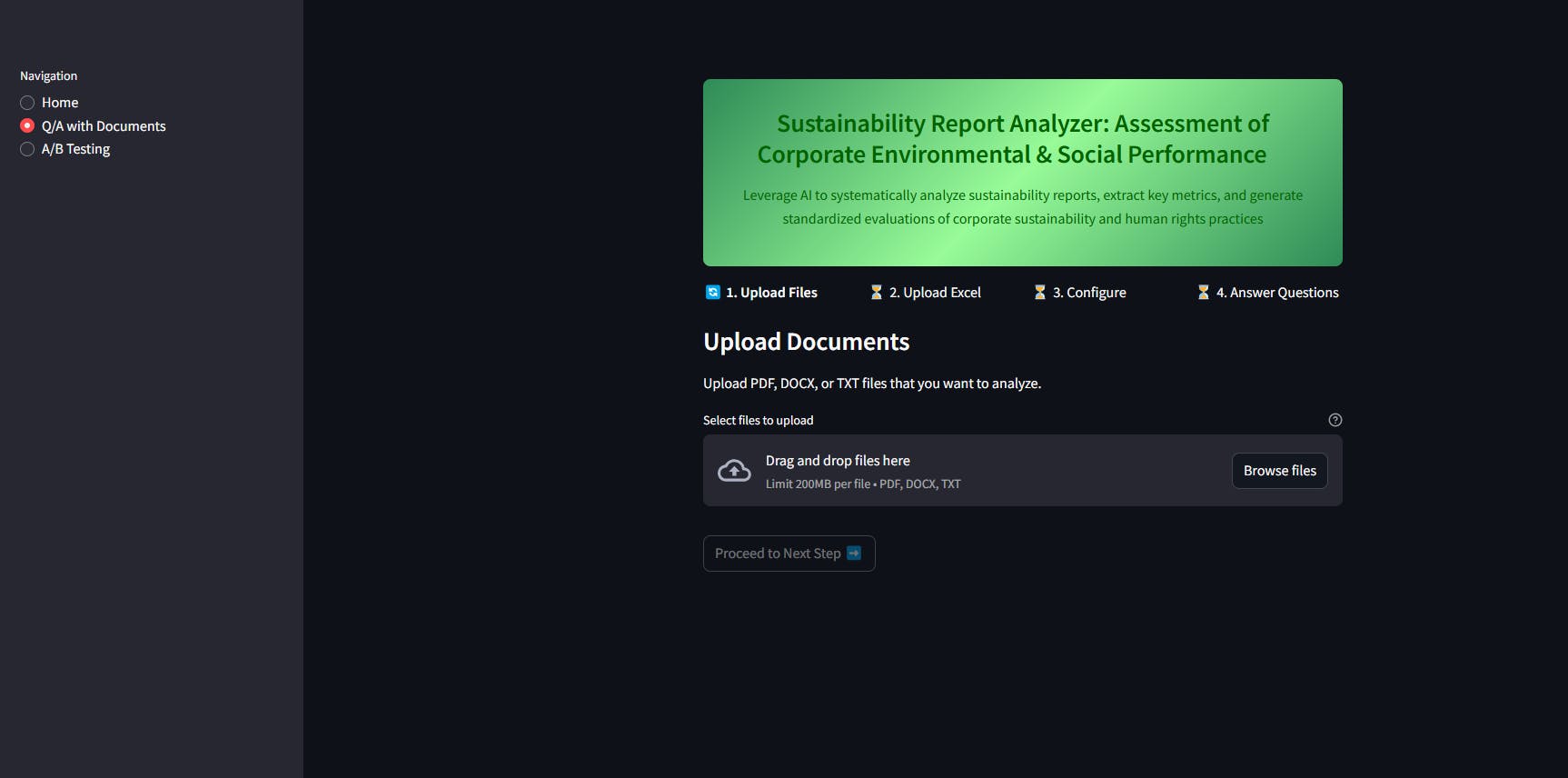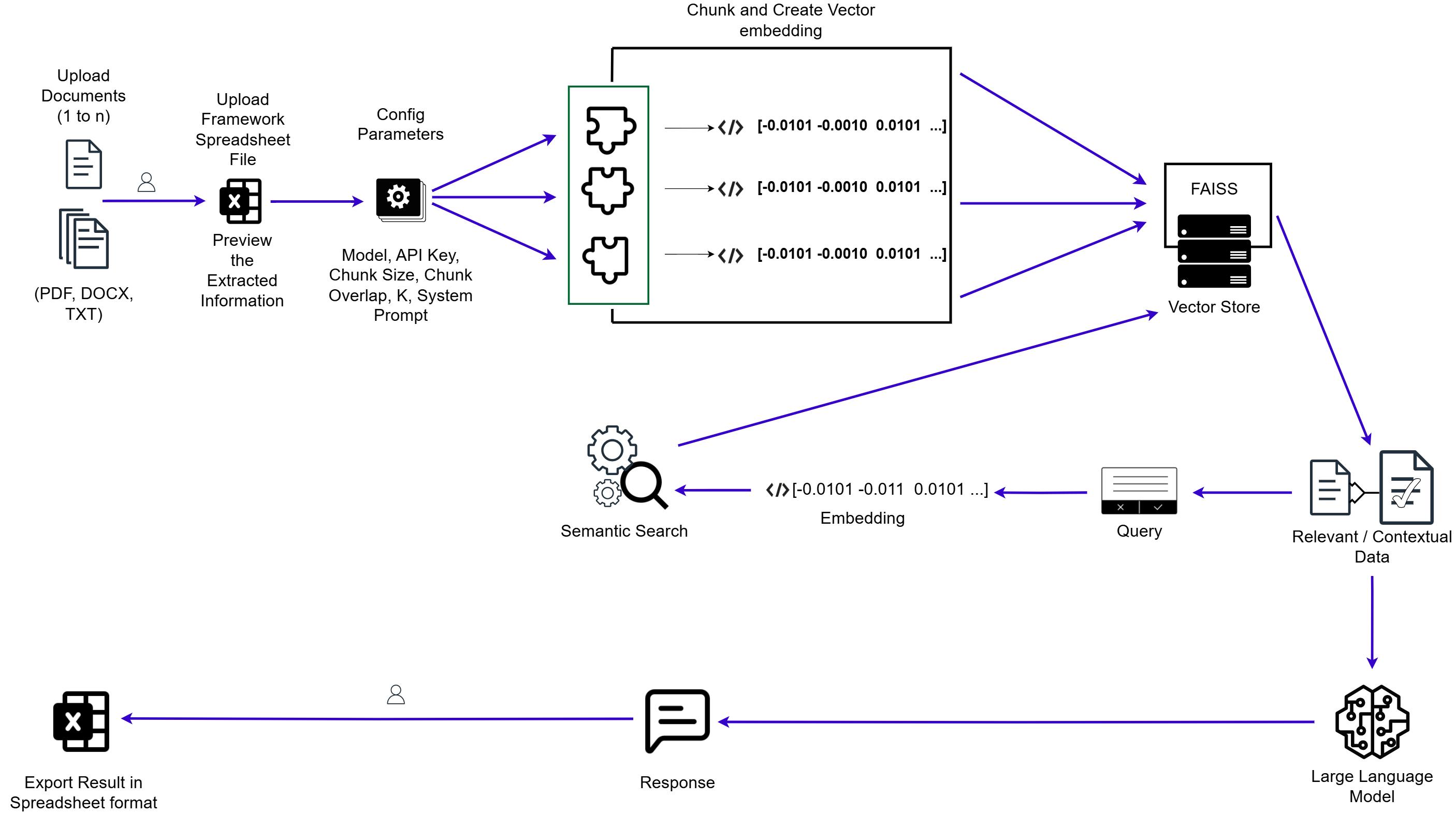SAHR - RAG System for The Analysis of Sustainability
Wednesday, February 5, 2025
📄 AI-Powered Sustainability Report Analyzer
🌍 Introduction
In recent years, the rise of corporate sustainability and human rights reporting has brought significant challenges in analyzing these documents consistently. Traditional methods, often manual and time-consuming, struggle to manage the complexity and diversity of these comprehensive reports—leading to inefficiencies and inconsistencies.
This thesis explores a solution using advanced Prompt Engineering techniques with Large Language Models (LLMs) and Retrieval-Augmented Generation (RAG) to streamline and improve the analysis process.
The primary objective is to build a system that:
- Utilizes LLMs to process and review corporate sustainability reports.
- Applies advanced prompt engineering strategies such as Chain-of-Thought (CoT) and response formatting.
- Automatically extracts and analyzes key information across different document formats.

⚙️ Methodology
The system leverages a Retrieval-Augmented Generation (RAG) approach and follows a step-by-step pipeline:
1. Document Upload
Users upload sustainability reports in PDF, DOCX, or TXT format.
2. Chunking
The system splits documents into manageable text chunks using character-based methods—preserving context and improving relevance during retrieval.
3. Embedding Generation
Chunks are transformed into vector embeddings using models from OpenAI and Google AI.
4. Vector Store
These embeddings are stored in a vector database for fast, semantic search and retrieval.
5. Prompt Structuring
Prompts are carefully designed to extract useful insights, improving the quality of answers from LLMs.
6. User Interface (UI)
- Upload and manage documents
- Configure model settings and hyperparameters
- Import structured spreadsheet prompts
- Export results as Excel files
This user-friendly interface supports structured workflows, making it easier to track compliance, evaluate results, and compare across different LLMs and embedding techniques.

🚀 Conclusion & Future Work
This research demonstrates how LLMs and prompt engineering can automate and improve sustainability report analysis. Key benefits include:
- Faster, more reliable evaluations
- Scalable architecture for document processing
- Structured outputs for auditing and comparison
Future improvements could include:
- Smarter chunking strategies
- Multilingual support
- Automated evaluation pipelines
This project lays the foundation for AI-driven, scalable, and objective analysis in corporate sustainability reporting—moving away from manual processes toward an intelligent, efficient future.
✅ Evaluation
The system was evaluated on multiple performance dimensions, including:
- Semantic Similarity
- Response Format Compliance
- Accuracy
Key findings:
- Gemini-1.5-Flash-8B and GPT-4-Turbo delivered the most consistent performance.
- Prompt design, chunking strategies, and system instructions significantly influenced output quality.
- Model performance can vary depending on document characteristics, making adaptive configuration essential.